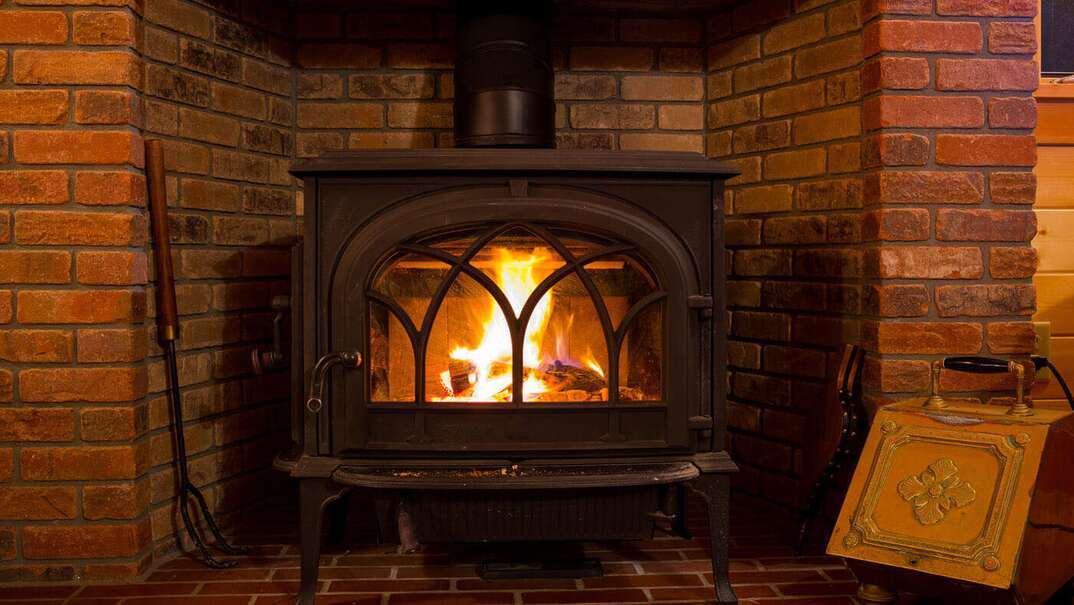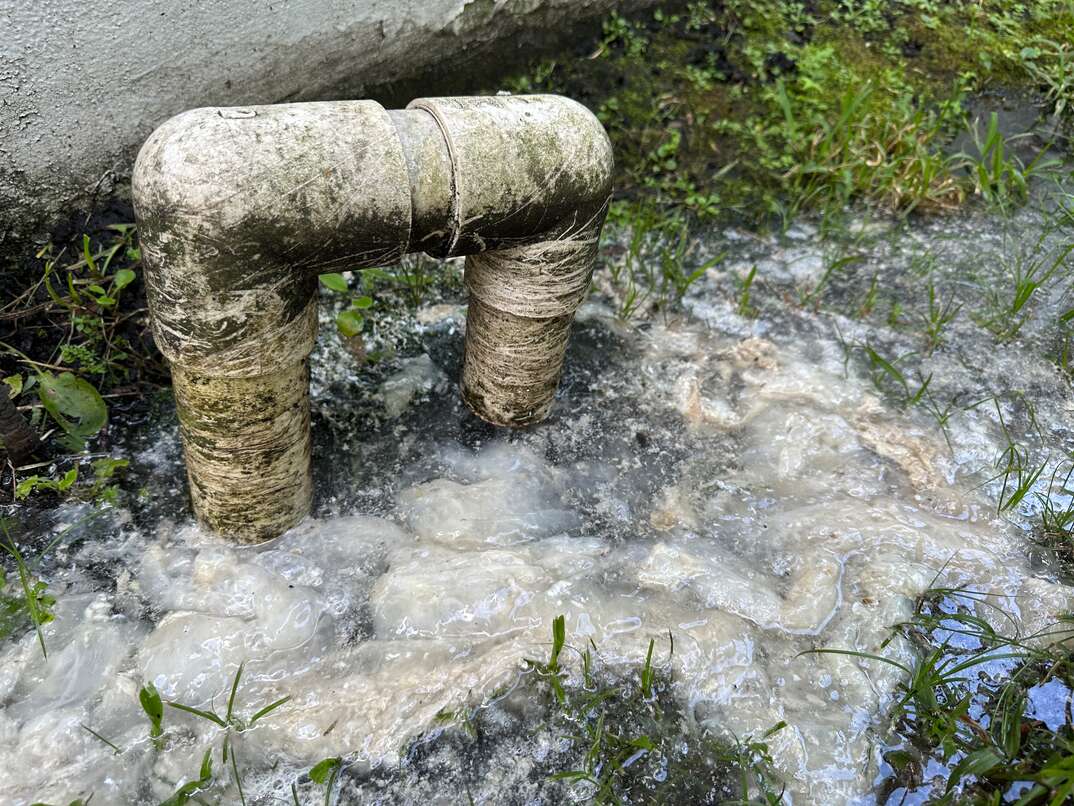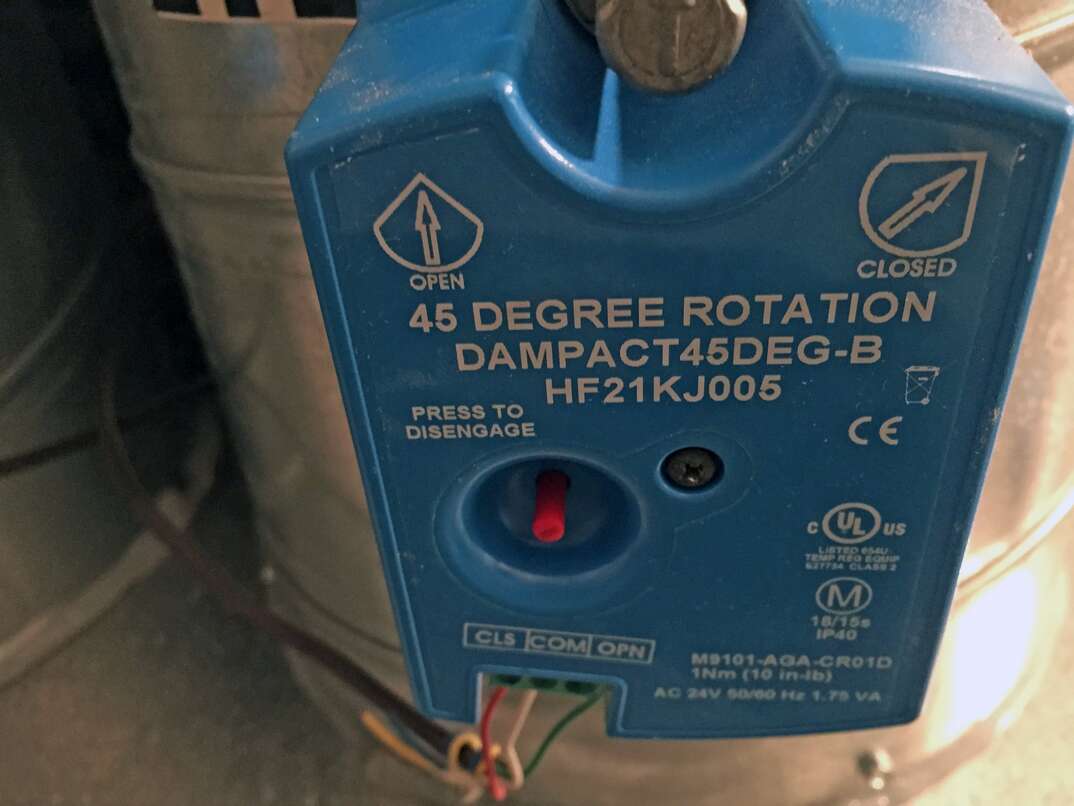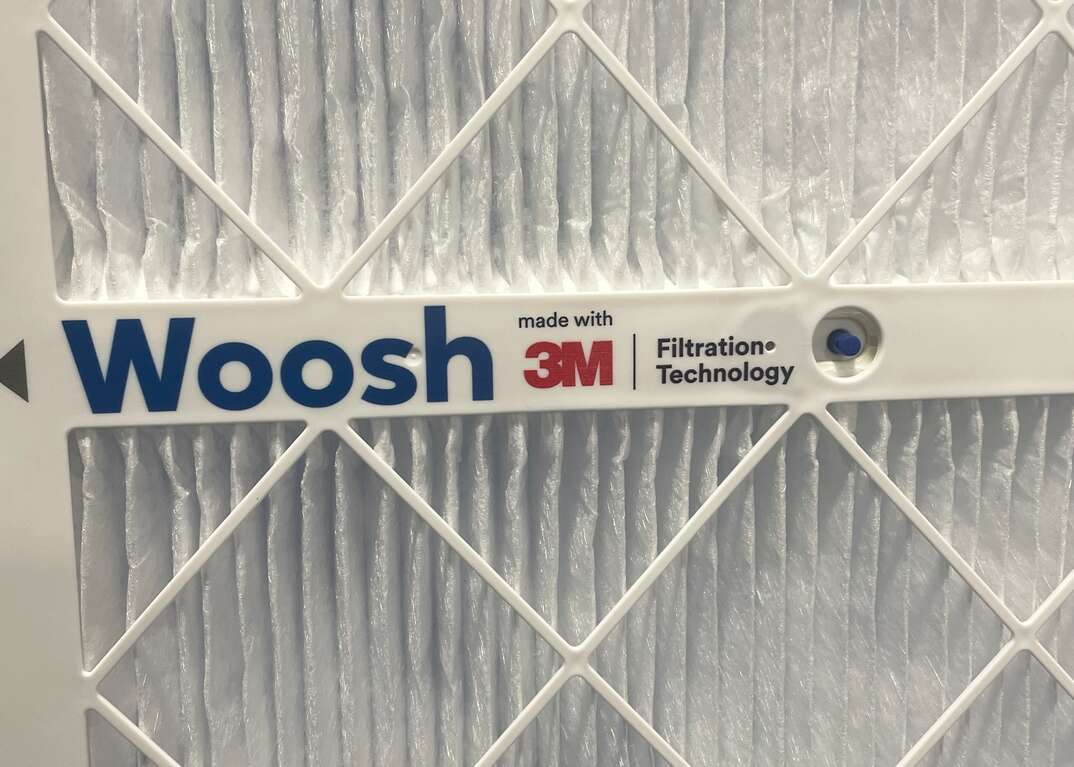Wood-Burning Stove and Fireplace Safety Guide

Curled up around the fireplace is a cozy spot to be, but fireplaces and wood-burning stoves can be potential hazards in your home.
This May Also Interest You: What Do I Do If My Heat Goes Out?
Practicing wood-burning stove and fireplace safety reduces the risks of burns, fires and other serious risks associated with these heating sources.
Wood-Burning Stove and Fireplace Hazards
Pellet stoves, wood-burning stoves and fireplaces are great heating sources for your home, but that heat comes with certain risks. When considering fireplace and wood stove safety, keep these hazards in mind:
Carbon Monoxide Poisoning
Combustion that takes place in all types of stoves and fireplaces creates carbon monoxide, which is a potentially deadly gas that you can't see or smell. Efficient fires and proper venting should prevent this issue, but a malfunctioning stove or fireplace can cause the gas to build up inside your home.
Burns
Pets and kids are often curious and might get a little too close to your fireplace or woodstove. Even adults can get a little too close or brush up against the stove and experience severe burns.
Fires
Burning a fire inside your home is safe when it's inside a fireplace or stove. However, there's always a risk of a fire spreading outside its container, whether you're talking about a fire pit outside or a fireplace indoors. Chimney fires are common with fireplaces if you don't clean and maintain them properly. Flammable objects near the wood-burning heat source can also catch fire when stray embers escape.
Health Issues
Wood smoke can irritate your lungs and cause respiratory issues. It can spark an asthma attack if anyone in your family has asthma. The burning wood can also release toxins that pollute your indoor air and cause irritation.
More Related Articles:
- Heat Your Home Safely This Winter: Carbon Monoxide Safety Tips
- Is It Safe to Warm Your House With a Gas Oven or Stove?
- Space Heater Safety Guide: 8 Tips to Avoid Fires and Burns
- Is It Safe to Put Things on or Near Your Radiator?
- Watt’s Too Much? How Much You Can Plug Intro One Outlet
How to Keep Your Family Safe
Identifying the hazards is the start of practicing fireplace safety. Taking action to avoid the risks can keep your family safer.
Perform Regular Maintenance
Stoves, fireplaces and chimneys need regular maintenance to function properly. Have your chimney and fireplace inspected yearly. Cleaning by a professional chimney sweep should also happen regularly based on how often you use it. If you only use the fireplace a few times per year, you likely won't need to have it cleaned as often. If you use it frequently, the creosote buildup inside the chimney will likely need to be removed once per year.
You also need to clean out the ashes regularly from a wood-burning fireplace or stove. Wait until the ashes are completely cool before removing them. Cleaning the stove with a wire brush after removing the ashes helps to cut down on creosote buildup.
Use Carbon Monoxide Detectors
Install a carbon monoxide detector on every floor of your home. These simple devices alert you to high levels of carbon monoxide you won't be able to detect yourself. If you choose a plug-in carbon monoxide detector, ensure it has a working battery backup in case of a power outage. Test the detectors regularly.
Put Up Barriers for Fireplace Safety
Using a fireplace screen is an important fireplace safety step to prevent embers from flying into the room. It can also keep kids and pets away from the hot fireplace. You might also need to use a larger child safety barrier to keep little ones and pets away from a wood-burning stove or fireplace.
Keep a Fire Extinguisher Handy
Whenever you start a fire in your home, you should have a fire extinguisher within reach. One stray ember can quickly start a fire outside the fireplace or woodstove. Make sure everyone knows how to use the fire extinguisher. Also, keep the fire attended at all times, so you know right away if something goes wrong.
Choose the Right Wood
It's best to use dry, seasoned wood in your fireplace. Green wood with lots of moisture will create lots of unnecessary smoke, and it doesn't heat as efficiently as seasoned wood. Hardwoods also produce less smoke and creosote, which helps keep your chimney cleaner and reduces the pollutants in the air. Don't use flammable liquids — such as gasoline or lighter fluid — to start a fire in your fireplace or woodstove.
Leave Safe Clearance
Maintain at least 3 feet (1 meter) between the stove or fireplace and combustible materials. Things like curtains, pillows or decorative items that get too close to the heat source can catch on fire. Check the area for paper, toys or other stray items that might get pushed close to the stove or fireplace before you use it.


